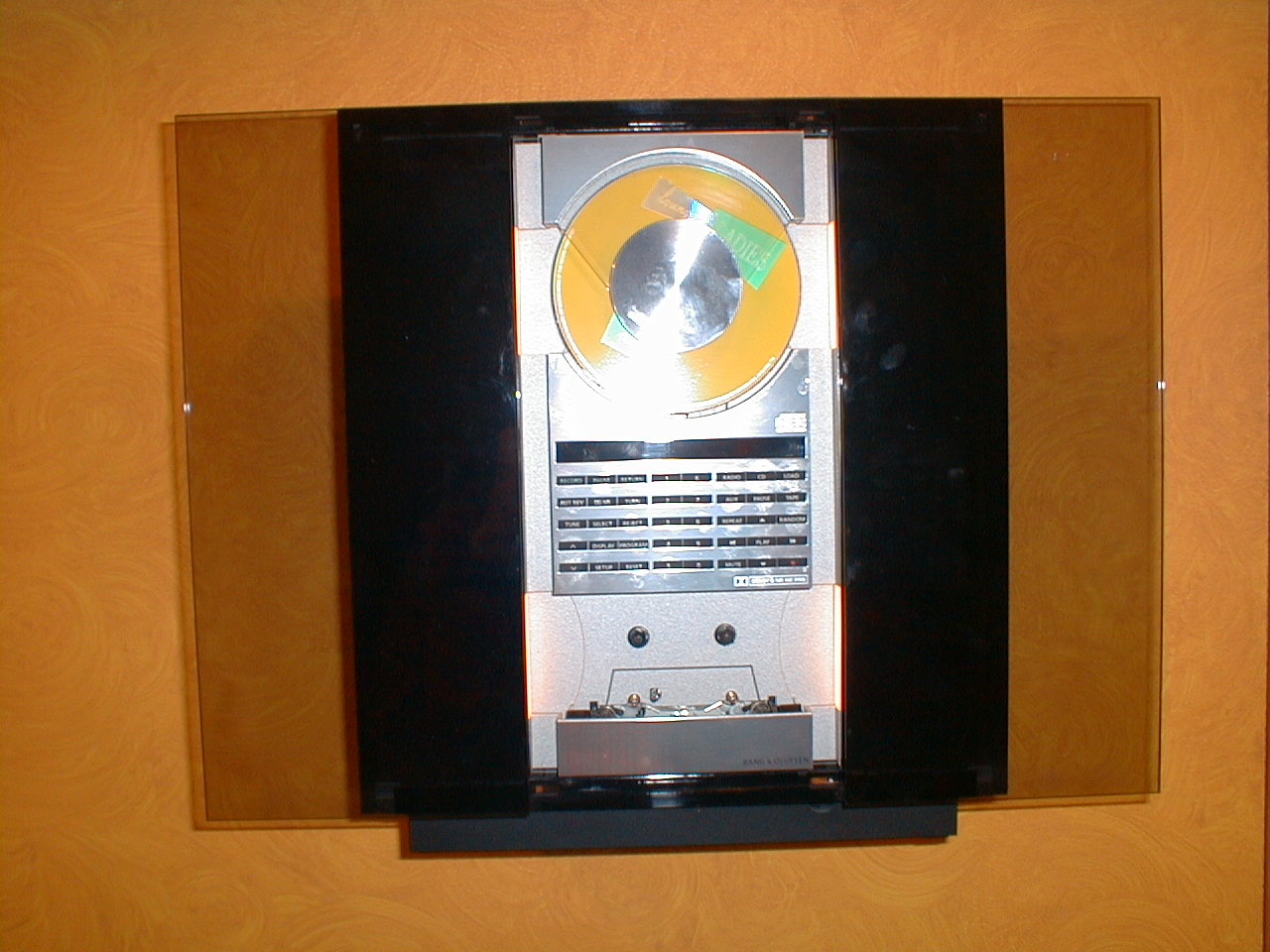Article
Acer unveils its first external mobile GPU dock powered via Thunderbolt 3 | Neowin
My Comments
I had previously covered the issue of using Intel’s Thunderbolt 3 technology to facilitate the design and use of an external graphics module or dock for laptops. This idea was put forward by Sony with the VAIO Z-Series premium Ultrabook and by Alienware through the use of a “card-cage” dock that worked with some of their laptops. Both these devices illustrated the possibility of allowing for improved graphics on portable or compact equipment, whether through a graphics module that has the graphics chipset integrated in its circuitry or a “card-cage” expansion module that allows you to install one or two desktop graphics cards in to that module.
But the Thunderbolt 3 technology which uses the USB Type-C connector as a physical connection has been known to have the same bandwidth as the PCI Express internal connection used to connect display cards to the motherboard in a regular computer. This appeals because there is no need to reinvent the wheel when designing an external-graphics-module solution for that portable-computing or low-profile computing product.
Now Acer have premiered a Thunderbolt 3 external graphics dock for their laptop products and had demonstrated it working with their Core-M-powered Switch 12.5 convertible laptop. This graphics module implements a NVIDIA GTX-960M graphics chipset in a small dedicated box and adds extra connectivity to the host laptop in the form of 3 extra USB 3.0 ports, an Ethernet port and the ability to connect to external displays via HDMI or 2 DisplayPort connections. It also exploits the USB 3.1 subsystem by providing the ability to power and charge the host laptop via the USB Type-C connection thanks to a DC power-supply connection on the graphics module itself.
This has been able to show real graphics performance benefits using the 3DMark II theoretical graphics benchmark where the Switch 12.5 came in at 940 on its own graphics chipset and on 4048 when used with this dock. This device is the first of its kind to have a release price called for it with it costing around EUR€300, but there isn’t an estimated release date.
For Acer, it could be feasible for them to use the same external graphics docks across most, if not all, of their consumer and business laptop range that has the Thunderbolt 3 connection.
The question with the Thunderbolt 3 graphics-module application will arise is whether there will be the ability for one external graphics-module or card-cage module made by one manufacturer to work at their full potential with Thunderbolt-3-equipped laptops offered by other manufacturers.
If so, this could encourage computer manufacturers to use the Thunderbolt 3 technology on their portable, all-in-one or low-profile computers as a graphics-expansion option without needing to offer a graphics dock while computer-peripheral manufacturers can make external graphics solutions such as graphics expansion docks, desktop monitors with integrated graphics subsystems, and the like to work with other computers.
I see this concept appealing in a few ways:
- An ultraportable computer being able to benefit from discrete graphics when used “at the desk” or “at home” thanks to an external graphics dock. This could open up the ability for a user to have one graphics dock at the office and another at home with these devices serving a “work-home-travel” computer.
- The possibility of offering an affordable laptop or all-in-one desktop computer to most customers with the ability for these customers to expand their computer’s capabilities to suit their needs thanks to an external graphics module.
- The ability for gaming-grade or workstation-grade computers that don’t offer much in the way of graphics-upgrade potential like laptops or all-in-ones to be upgraded to multiple-GPU performance and the latest graphics-processor technology thanks to an add-on graphics module or card-cage. In some ways, it could bring the separate-boxes “hi-fi approach” to the concept of improving personal computer equipment.
Once a level playing field is achieved regarding Thundberbolt 3 over USB Type C for graphics docks through the use of open standards, it can lead to the idea of allowing low-profile and portable computers to benefit from high-performance graphics.

